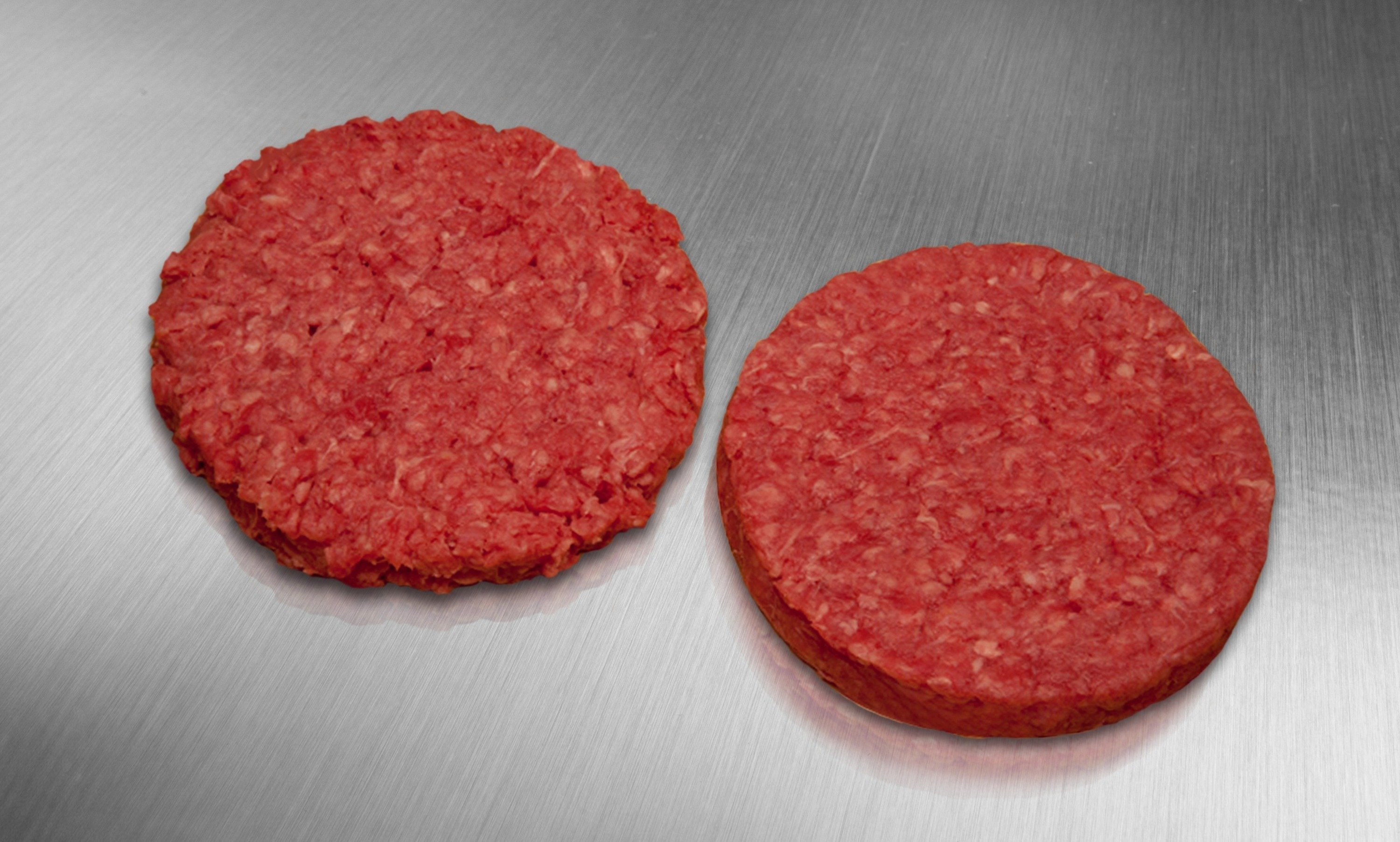Nitrogen can function as a substitute for carbon dioxide (CO2) in a broad variety of applications. With today’s industry wide reduced CO2 availability due to curtailment of available supply and rising CO2 prices due to increased demand and higher transportation costs, processors are looking for alternative solutions. For example, in food processing many chilling applications traditionally accomplished with CO2 can be achieved with nitrogen. For beverages, some bottlers use nitrogen instead of CO2 in some applications such as tank blanketing or pressure transfer applications (you can learn more about these applications here). While substitution of gases is possible for a wide range of purposes, technical issues need to be considered and appropriately managed to succeed.
In this blog, we focus on the choice between liquid nitrogen (LIN or LN2) and CO2 in the specific context of food chilling and freezing. For food processors who utilize CO2 for these applications, nitrogen represents a potentially valuable alternative. It can offer improved efficiency while alleviating the challenges imposed by constrained CO2 availability. In most cases, existing CO2-based freezing or chilling systems can readily be converted to use nitrogen.
But is nitrogen right for your food processing facility?
Below, we look at the major differences between CO2 and nitrogen in freezing and chilling applications, the potential advantages of a nitrogen conversion, and how to select the right option for your process.
What is CO2 to liquid nitrogen conversion for freezing and chilling equipment?
In short, CO2 to LIN conversion is a process for swapping the refrigerant used in your freezing or chilling system. This conversion often requires an engineered solution due to the vastly different properties of CO2 (-109 deg F, typically stored at 300 PSIG) and liquid nitrogen (-320 deg F, typically stored at 30-100 PSIG).
The conversion process typically can take several months to plan, but the required downtime for plant installation is short and the final solution can deliver great value to users, resulting in net savings and value creation.
What are the potential benefits of switching to nitrogen?
CO2 is a great fit for many freezing and chilling applications. However, because CO2 is produced as a byproduct of other industrial processes like refining or ethanol production, its supply availability can be unpredictable. We saw this risk early in the COVID pandemic when the sudden reduction in driving caused an industrywide drop in CO2 feedgas availability. Additionally, some CO2 sources have permanently ceased operation as a result of the COVID pandemic. Messer quickly took mitigation actions to offset the CO2 production decline including helping its customers convert from CO2 to LIN. Messer understands that limited CO2 availability can reduce a food processing facility’s throughput, and impact product availability to consumers.
In this context, nitrogen-based freezing and chilling solutions offer food manufacturers an excellent way to diversify their supply chain (even if they plan on continuing to utilize CO2 in some operations), reducing the risk of downtime. Nitrogen-based solutions can improve supply chain resilience to meet production objectives while offering operational benefits such as:
- Higher throughput in the same footprint
- Lower labor required for routine maintenance (like cleaning CO2 snow accumulation).
- Up to 20% efficiency improvements, depending on the application.
What applications are a good fit for CO2 to nitrogen conversion?
Nitrogen can be utilized in tunnel freezers, spiral freezers, and blender chilling systems.
For example, Messer’s nitrogen Wave Impingement Freezer can increase production and decrease the labor required for individually quick frozen (IQF) foods offering an excellent alternative to traditional CO2-based tunnel or flighted freezers. This ProFood World article details how the Wave Impingement Freezer increased Pierino Foods production up to 30% while shortening their workday.
You can also learn how Tyson Foodsreplaced their CO2 tunnel freezer with Messer Wave Impingement freezer and increased production from 4,500 lb/hr on average to up to 8,000 lb/hr.
In another example, Messer’s customer Interstate Meats became the first meat processor in North America to leverage nitrogen for bottom injection chilling over a decade ago. Converting from CO2 to LIN reduced the chilling time per batch from 8 minutes to 3, dramatically improving throughput. Interstate Meats President Darrin Hoy reported that:
“The Messer Food team worked closely with my management on implementation, often after hours, to minimize downtime, right down to training all our employees on the new technology… everything is better than our CO2 system.”
Is nitrogen a good fit for your food processing line?
Ultimately, while the viability of using nitrogen in lieu of CO2 for chilling can be relatively straightforward in many cases, we recommend reaching out to our experienced food team for help evaluating what is required to make the switch to nitrogen for your food processing facility.
With over a decade of experience working to adapt nitrogen-based freezing and chilling systems to demanding food processing applications, Messer’s food team has the right combination of technical expertise and practical know-how needed to help select the right solution to meet your needs.



Comments
Messer makes no warranty of any kind with respect to the subject matter, the completeness, or accuracy of this blog. Messer is not responsible for any actions (or lack thereof) taken as a result of relying on or in any way using information contained in this blog. In no event shall Messer be liable for any damages resulting from reliance on or use of information in this blog. Readers should take advice from a qualified professional when dealing with specific situations. Descriptions of, or references or access to, other publications within this blog do not imply endorsement of those publications. This blog may contain technical inaccuracies and changes to the information may be made at any time.
Gas products are hazardous. The use or misuse of gas products involves serious risks, including injury, disability and death. Users of gas products must use the Safety Data Sheets for the gas products to warn their employees and others who are exposed to the gas products or hazards associated with such products.